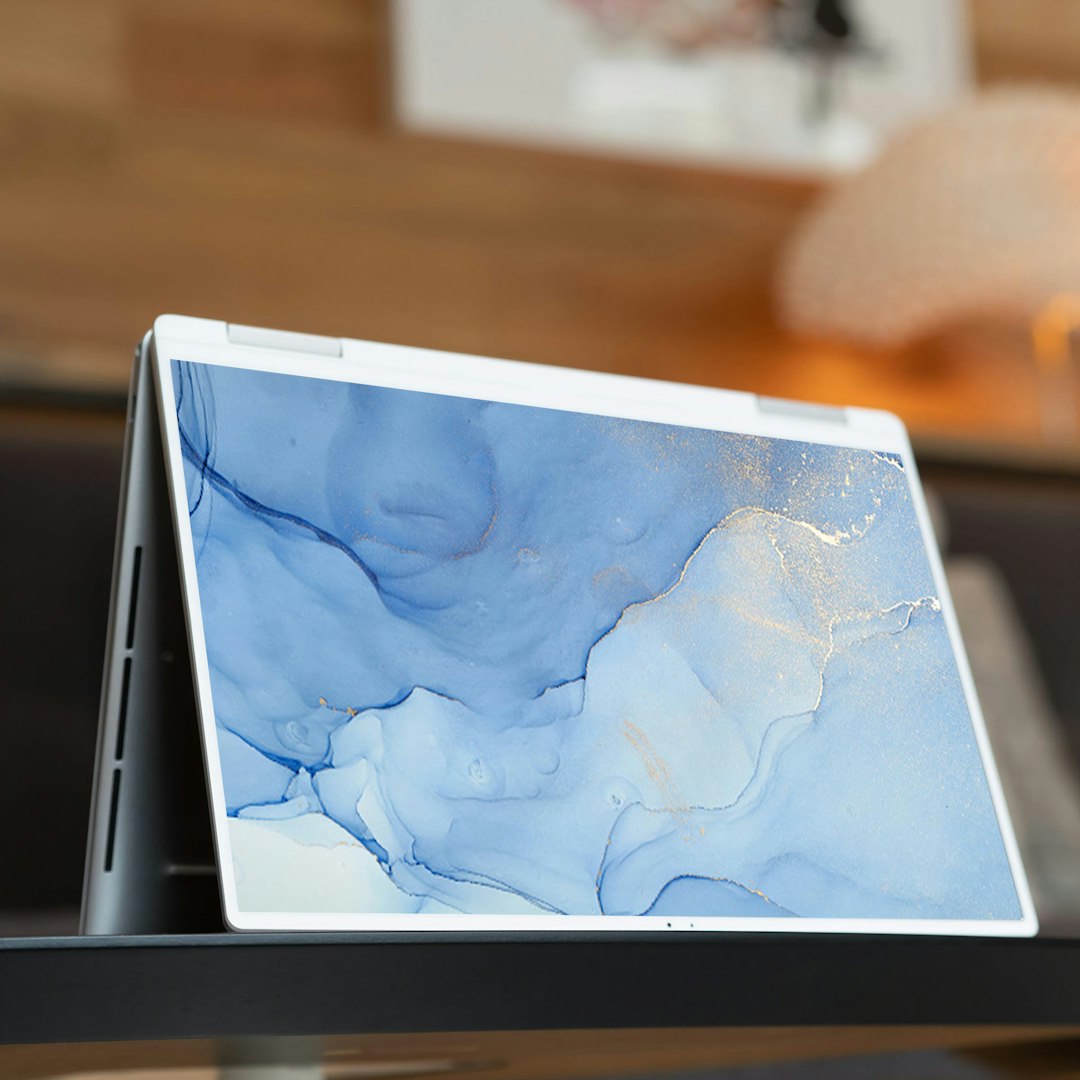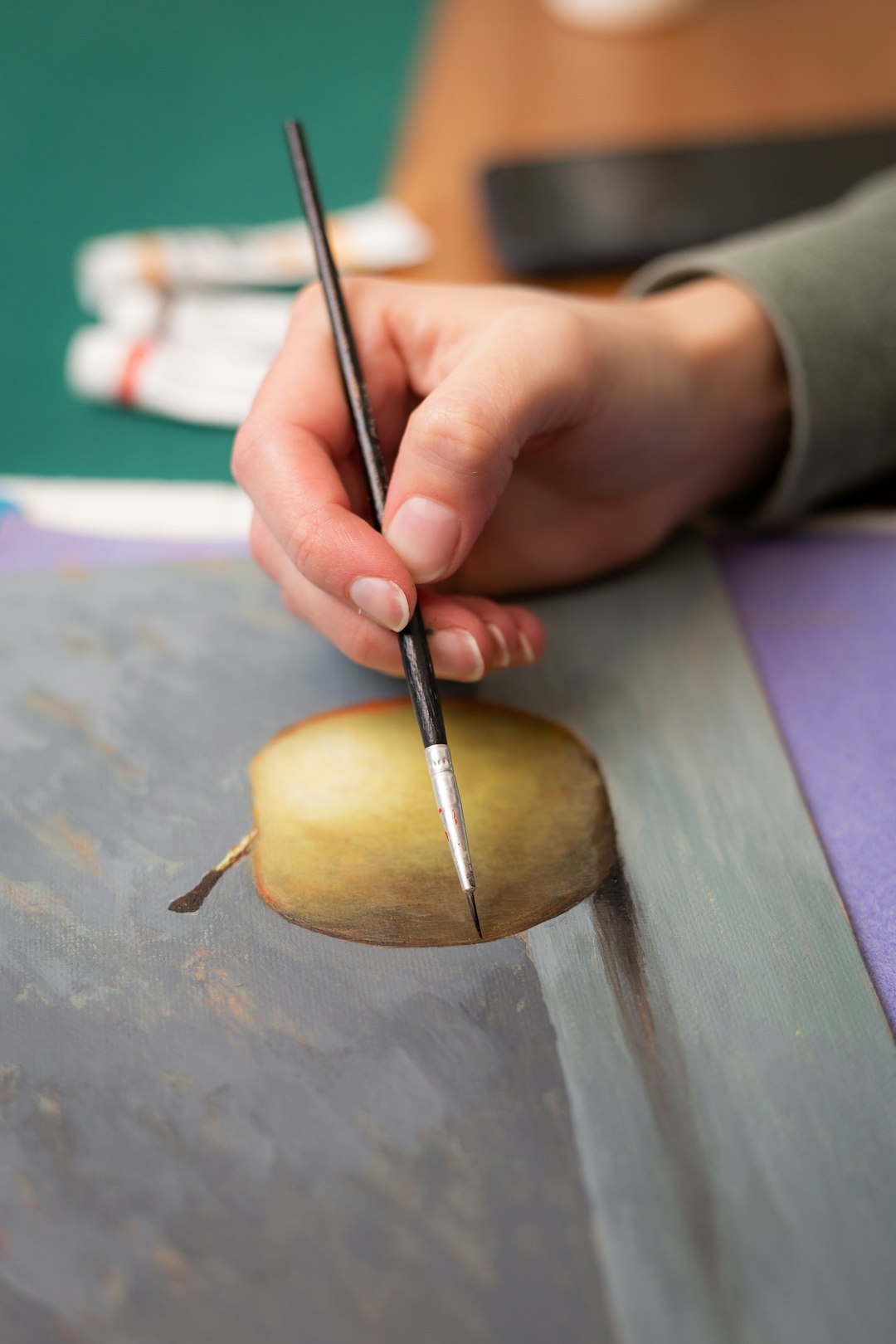The MacBook Pro has long been hailed as one of the best-performing and best-designed laptops on the market. Sleek aesthetics, stunning Retina displays, and powerful performance make it the device of choice for many professionals. However, even this highly praised machine isn’t without its flaws. One issue that occasionally troubles users—especially those with older models—is screen burn marks.
Screen burn marks can be frustrating, especially for users who rely on the sharp visual output of the MacBook Pro for graphic design, photography, or video editing. In this article, we’ll explore what causes these annoying visual blemishes, how to prevent them, and what you can do to fix them if they occur.
What Are Screen Burn Marks?
Screen burn marks—also known as image persistence or ghosting—refer to faint images or shadows that remain visible on your screen, even when the content has changed. These marks often appear as remnants of menus, dock bars, toolbars, or browser screens that were displayed for extended periods. While more common in OLED and plasma screens, they can also affect LCD-based Retina displays used in older MacBook Pro models.

Although true screen burn-in is rare in modern LCD technology, image persistence—which is usually temporary—is more commonly what users experience. Regardless of terminology, the result can be distracting and decrease the overall usability and visual appeal of your device.
Causes of MacBook Pro Screen Burn Marks
Several factors contribute to the development of image persistence or burn marks on your MacBook Pro. Here’s a breakdown of the most common causes:
- Static Images Displayed for Long Durations: If you leave static windows, icons, or toolbars open for hours on end—such as menu bars or video editor timelines—your screen is more likely to develop ghosting artifacts.
- High Brightness Settings: Operating your MacBook Pro at peak brightness all the time can accelerate image retention. Excessive light exposure stresses the display’s liquid crystal molecules.
- Heat and Overuse: Prolonged usage, especially when your laptop becomes hot, may increase the chances of screen anomalies appearing. Overheating can affect the liquid crystal alignment responsible for rendering images.
- Manufacturing Defects or Wear: In some cases, older MacBook Pros—particularly those made between 2012 and 2017—may be more susceptible to screen retention due to manufacturing issues involving the LG display panels used during that period.
How to Identify Screen Burn Marks
Want to determine if your MacBook Pro has burn marks or image retention? Here’s how you can identify it:
- Set your screen background to a solid black or white image. Burn marks are often more visible against such backgrounds.
- Look for faint outlines or ghosted images of elements that match what’s normally displayed on your screen.
- Download and run a screen flaw test tool, such as the built-in Apple Diagnostics or third-party utilities like Eizo Monitor Test or Dead Pixel Buddy.
If you see consistent shadow-like artifacts that don’t go away even after changing screens, you’re likely dealing with some form of image persistence.
Steps to Fix or Reduce Screen Burn Marks
The good news is that not all burn marks are permanent. In many cases, especially with image persistence, you can take steps to reverse or reduce the issue. Let’s explore several remedies:
1. Use a Pixel Refresher or Screen Saver
Pixel refresher tools, sometimes referred to as pixel jogging, display moving patterns to “unstick” persistent images. You can:
- Download third-party apps such as JScreenFix or UndeadPixel for dynamic screen refresh patterns.
- Run a white or color cycling video in full screen mode for 30–60 minutes to help reset ghosted pixels.
- Use a screen saver that dynamically changes content to avoid static image buildup.
2. Adjust Display Settings
Reducing brightness and tweaking display settings can ease strain on the screen.
- Lower Brightness: Operate your screen at a moderate brightness level whenever possible.
- Enable Night Shift: Apple’s Night Shift reduces blue light, which may also play a role in image stress.
- Use Dark Mode: Switching to dark mode can help mask and sometimes even reduce ghosting visibility.
3. Let the Display Rest
Sometimes all the screen needs is a break. Shut down your MacBook for several hours to let the pixels deactivate and potentially recover. In many cases, shorter exposures to static images cause only temporary image retention that resolves on its own over time.
4. Software and Firmware Updates
Ensure your macOS and firmware are fully updated. Apple occasionally releases patches that improve display handling and performance, which could help alleviate minor display issues.
5. Contact Apple Support
If the problem persists and your MacBook Pro is still under warranty—or if the issue is due to a known manufacturing defect—schedule an appointment with Apple Support or visit your nearest Apple Store. In some scenarios, Apple has replaced affected displays at no cost.

Preventive Measures
As the saying goes, prevention is better than cure. Here are a few proactive tips to prevent MacBook Pro screen burn marks:
- Enable Screen Saver: Make sure your screen saver kicks in during periods of inactivity.
- Auto Hide the Menu Bar and Dock: Go to System Settings > Dock & Menu Bar and turn on the auto-hide feature to remove static elements from constant display.
- Avoid Static Content: Don’t leave the same window open full-screen for hours. Rotate apps, change content frequently, and move your mouse occasionally.
- Use Multiple Desktops: Take advantage of macOS’s Mission Control feature to cycle between desktop views and reduce static display.
- Monitor Screen Usage: Tools like iStat Menus can help track temperature, screen-on time, and performance—giving you insights to optimize system health.
When Is It Time for a Replacement?
While temporary image retention tends to fade or can be fixed, permanent screen burn marks may not be reversible. If you’ve tried all the above remedies without success and the screen ghosting is impacting your work, it might be time to consider a screen replacement. Out-of-warranty screen repairs can be costly, often ranging from $400 to $800, so weigh your options carefully—sometimes it’s more logical to invest in a newer model.
Final Thoughts
Screen burn marks on a MacBook Pro can be unsettling, especially when you rely heavily on display quality. Understanding the causes and treatment techniques is your first step toward reducing or avoiding the problem entirely. Whether by using dynamic screen savers, adjusting your habits, or seeking professional help, there are plenty of ways to restore your MacBook’s visual clarity.
Stay proactive, keep your software updated, and use your MacBook wisely—and you’ll be well on your way to a burn-mark-free experience.